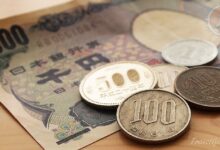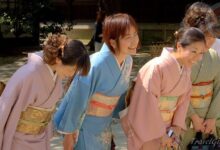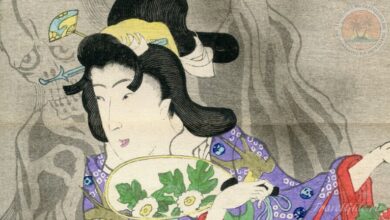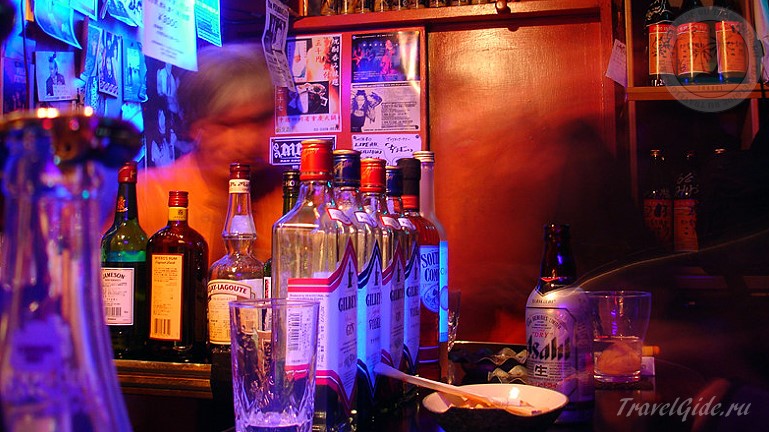
Before you go to a bar in Japan: 10 important concepts and phrases
Going to an izakaya (Japanese bar) with the Japanese is a great idea to get to know the traditions and customs of Japan and just get to know its inhabitants. And do not confuse izakaya, for example, with sushi bar.
Even if your immediate plans do not include a trip to Japan, I recommend that you familiarize yourself with these concepts, phrases and words, since they themselves will tell a lot about Japanese customs and behavioral habits in drinking establishments.
1. O-tooshi (お通し)
The o-tooshi situation is often a source of confusion for foreigners. They often complain that they were charged for a dish they didn't even order.
In fact, in most cases, immediately upon arrival at the izakaya, you will be served a modest dish, which is called "o-tooshi". Often it leaves much to be desired, and no one forbids you to refuse it. However, keep in mind that you still have to pay for it.
O-tooshi - this is a form of payment for a tablewhich is usually around 400 - 500 yen per person. Some establishments will not serve you o-tooshi, but instead offer to order two or three appetizers per visitor.
2. Nomihudai (飲み放題)
Nomihudai (from 飲む "nomu" - to drink and 放題 "uday" - as much as you want). As the name suggests, this is a variant with unlimited spirits − "drink all you want". During the paid time at 2, 3, 4 hours, you order drinks for yourself without restrictions, though within a limited menu.
Nomihuday you will not meet in Tachinomi. Tachinomi are Japanese standing bars (“tachi” is a stand, “nomi” is a drink). Traditionally, these are no-frills bars located around train stations or in business districts where employees come to relax after a hard day's work.
True in recent years these new bars in style izakaya without stools experienced a transformation and received a surge in popularity. Today, they have become distinguished by creative interior design and a wider selection of food and drinks.
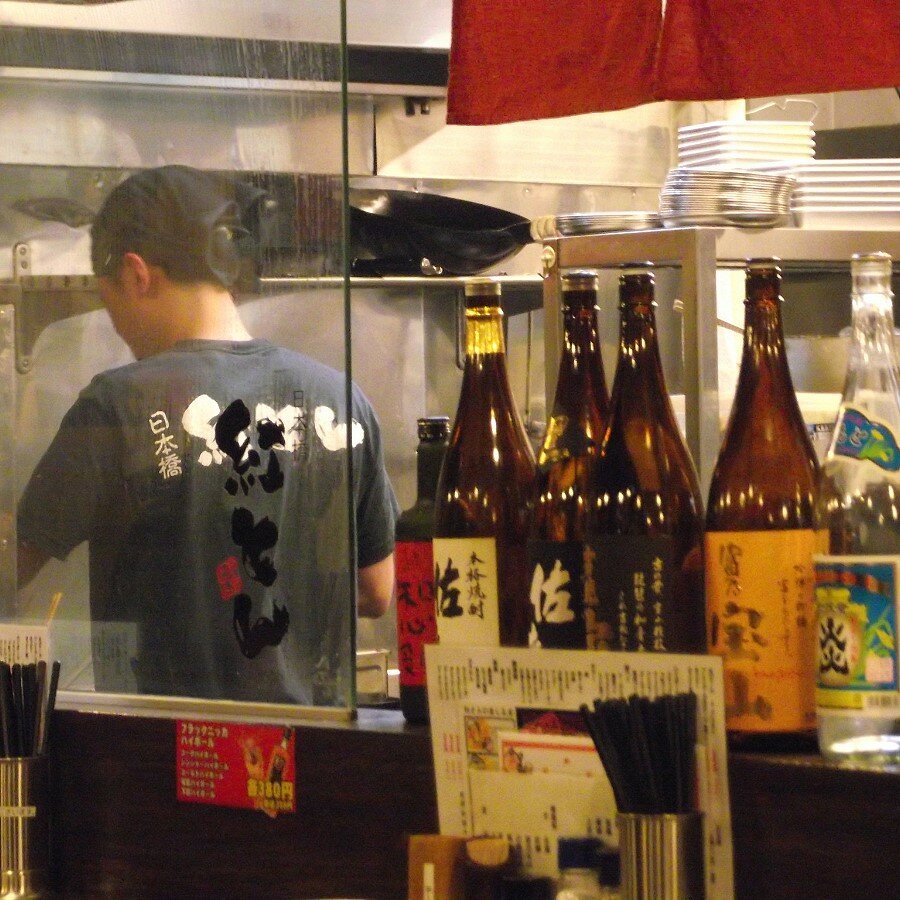
3. Nama (生)
Nama means literally "fresh", short for nama biiru (生ビール). Nama is fresh draft beer, as opposed to bin biir (瓶 ビ ー ル) - canned or bottled beer. Nama is often the first drink ordered when visiting an izakaya because it is served the fastest.
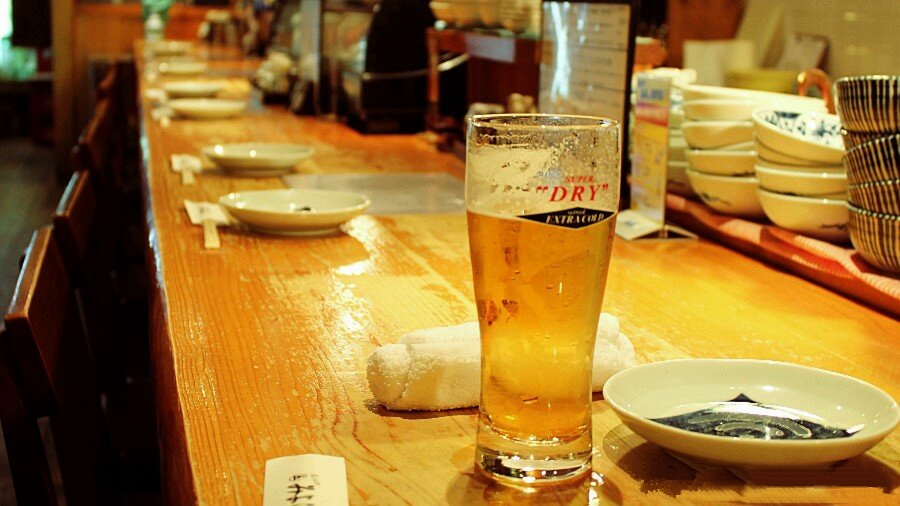
4. Torisara (取り皿)
A plate (dish) in Japanese is simply called - Sarah (皿). Given that it is common for izakayas to bring food in large platters, your small personal plate is called torisara (from toru "取る": take, and sara "皿": plate).
If you have a lot of different dishes on the table, especially with sauces, then most likely you should ask for a new set of clean plates. In this case, just say "Torisara kudasai" (取り皿下さい).
5. Haiboru (ハイボール), Chuhai (酎ハイ), Sawaa (サワー)
Some popular drinks in Japan are not very common or popular in other countries. You can remember the following typical drinks in an izakaya:
- Hyboru, most likely from the English "highball". Alcohol mixed with soda. In Japan, this is usually whiskey and soda.
- Chuhailisten), short for shochu highball (焼酎ハイボール). A classic of the genre: shochu, which is a strong drink made from potatoes, barley and rice mixed with sparkling water and flavored with fruit. The most common combination is lemon hai (レモンハイ).
- Savaa, comes from the English "sour". Sawaa is sometimes confused with chuhai. It could be vodka, for example, but it could also actually be shochu (which is confusing) mixed with sparkling water and sweet fruit juice. Here again, the most common variant is the sawaa lemon (レモンサワー).
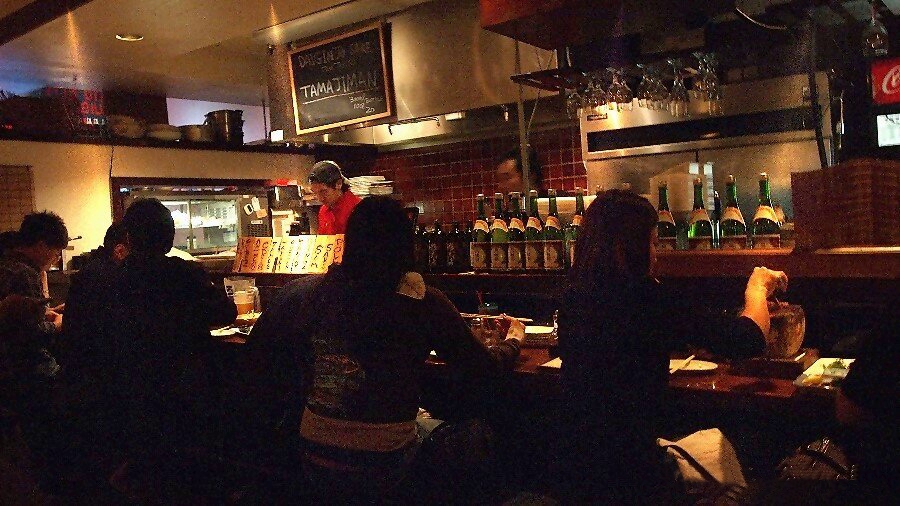
Both savaa and chuhai can come in different flavors, such as grapefruit, lime, apple, tea, and others.
6. O-hiya (お冷)
There may be a situation when you want a glass of water. Interestingly, the izakaya has its own special word for drinking water. You need to ask for o-hya, which means roughly “chilled,” as in Japan, water is often served with ice cubes. Say "Oh-hiya kudasai" and everything will be all right.
7. Tejime (手締め)
Every party has a way of ending and then you might hear someone say "Shimemasuka" ( 締めますか ) which means "We're done". "Shime no kotoba" (締めの言葉) can be heard next. This last phrase is usually spoken by an authority figure at the party.
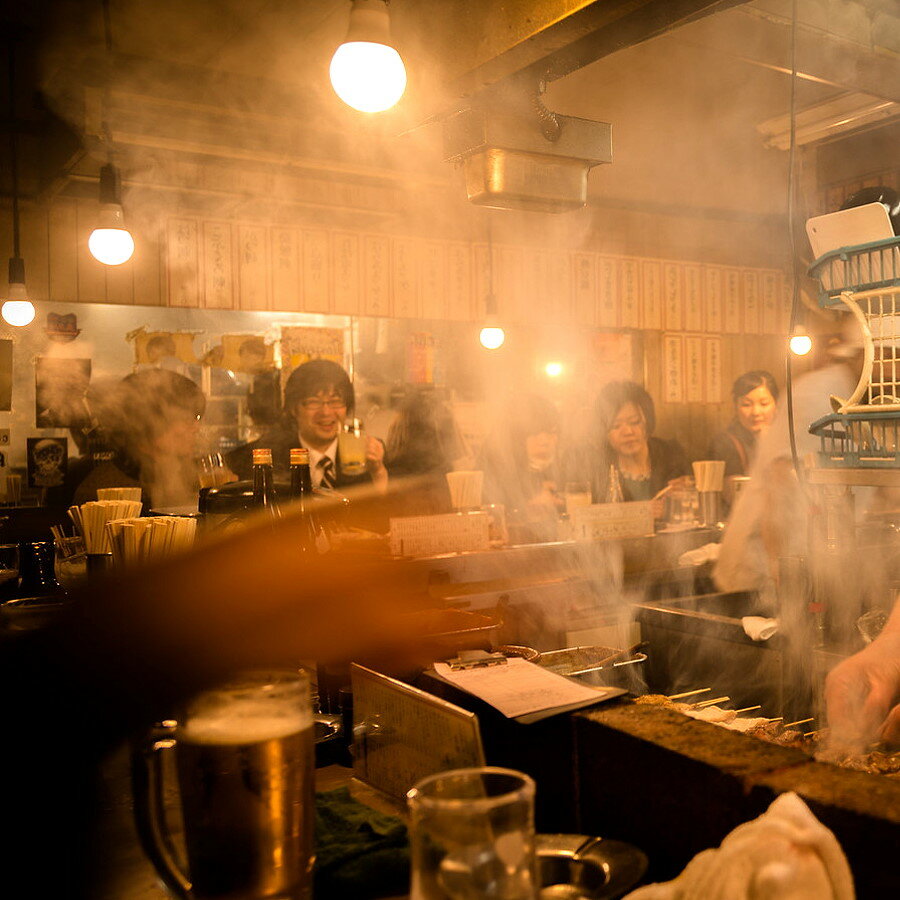
After that, all those present simultaneously clap their hands, as if summing up the party and announcing its closing. All this is called tejime (手締め).
8. O-kanjo (お勘定)
The count, or o-kanjo, is usually requested before the shime no kotoba. If you are in a small izakaya where calling the waiter loudly is not very convenient, you can ask for the bill in another accepted way, using the gesture of two crossed index fingers. While doing this, you still need to say "O-kanjo kudasai" (お勘定ください) in a low voice.
And please don't try to tip the waiter. By doing this, you will either offend him or put him in an awkward position. Be sure to read to whom, when and how you can tipping in Japan.
9. Nijikai (二次会)
How good is a real party? That's right - its continuation! If at the end of the "banquet" you hear "Ittan shimemasu ka?" (いったん締めますか), you can be sure that some of your company "demand it to continue", want "nijikai", literally a second party or a second gathering.
If you wish, you can join them and continue the evening in another nearby izakaya. By the way, the nijikai can be followed by a sanjikai or a third party. And this is far from the limit.
10. Takuru (タクる)
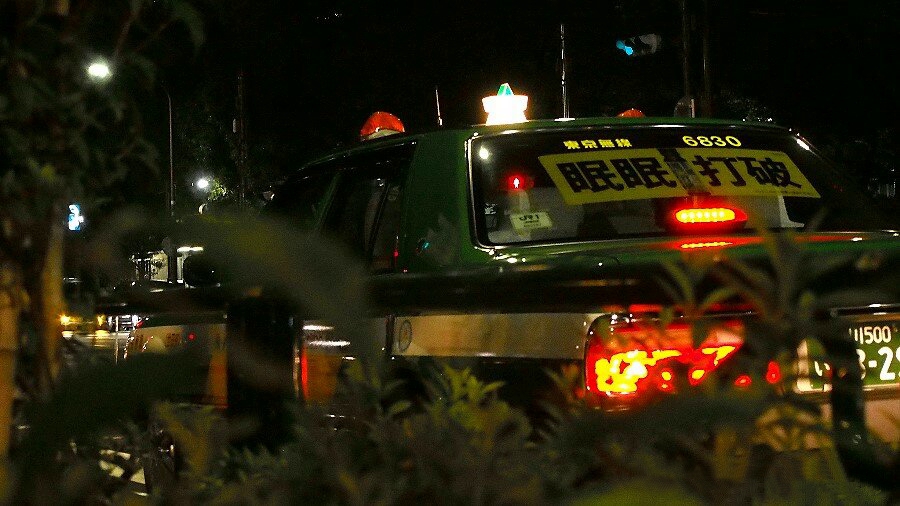
If you stay up late, the easiest way to get to the hotel is Taxi. At the same time, as an option to save money, you can take a taxi for two or three. Takuru is what it means to take a taxi. The word is derived from takushii (タクシー), or taxi, and the ending of the verb ru.
